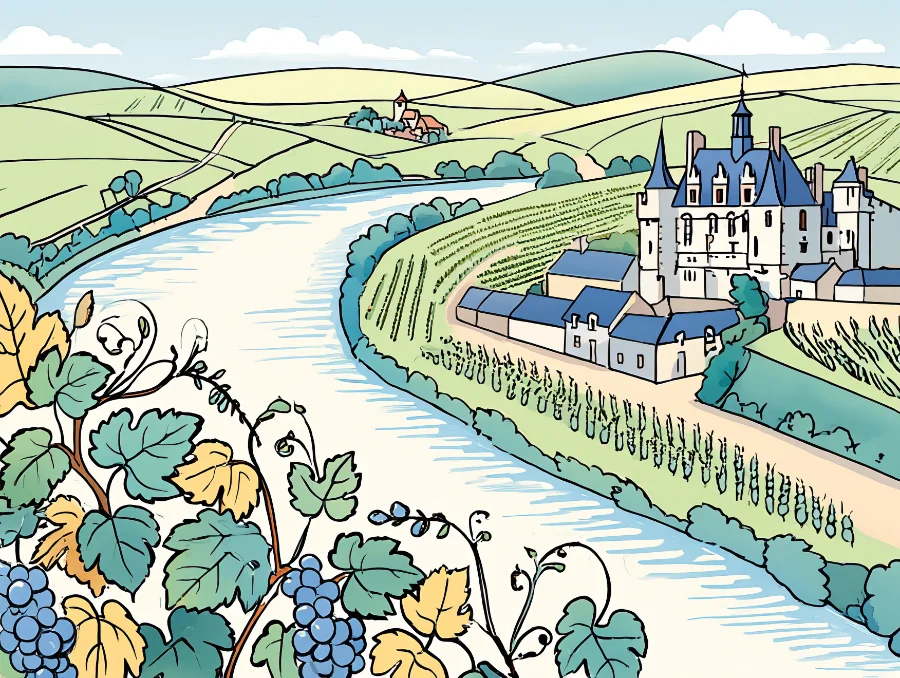
One River, a Thousand Terroirs – S1E1
A journey through the Loire Valley’s plural vineyard geography — from crisp Muscadet to elegant Sancerre.
Imagine if Marcel Proust had traded his madeleines for a crisp glass of Vouvray—time might still have been lost, but far less solemnly. Such is the charm of this winding French river and its multifaceted bounty: the Loire is not a single vignoble, but a mosaic of terrains where the grape finds new meaning with each meander.
We begin our vinous pilgrimage in the west, where the Loire greets the Atlantic like an old friend with sea spray on its collar. Here sprawls the Pays Nantais, a land where the weather wears a maritime melancholy and the air tastes faintly of oysters. Since the great frost of 1709—so fierce it cracked church bells and erased vineyards—the Melon de Bourgogne has found reluctant fame in these parts. A humble grape by name, yet not by nature.
Muscadet Sèvre-et-Maine, the flagship appellation, wears its salinity proudly. Its wines, often aged sur lies, carry the sea in their structure—lean, bright, and slightly whispering of brine. They’re what you drink when the sky is grey but the seafood fresh: a toast to resilience with a finish of citrus. Few travelers suspect red wines are made here too, but they exist, shy and forthright like the region’s fishermen, much like its loyal companion, the often-overlooked Gros Plant.
Following the Loire upstream is akin to flipping the pages of a historical atlas printed in vin rouge and vin blanc. As we cross into Anjou-Saumur, the climate calms and the drama increases. Angers, cloaked in slate and scholarship, invites you into a landscape of delightful contradictions: wines that are dry or sweet, red or white, and sometimes all of the above in a single flight.
It is here the Chenin blanc reigns, giving birth to luxuriously sweet treasures like Coteaux du Layon and Quarts de Chaume. Legend—and records from Versailles—tell us that in 1675, bottles of Bonnezeaux arrived at the royal court, caressed by the Sun King himself. Louis XIV, ever the connoisseur, apparently had a penchant for its late-harvested opulence.
And then there is the tuffeau—that pale limestone which carves both the vineyards and the châteaux. Cut from troglodytic dreams, it hides bottles beneath the earth while upholding castles above.

Partner offer
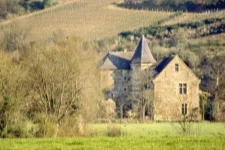
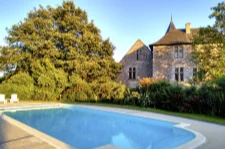
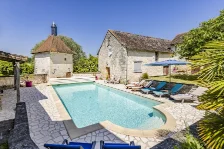

Handpicked estates near Loire’s finest vineyards.
The elegance continues as the river winds into Touraine, a land where varietals multiply like verses in a poem. Here, diversity is not just tolerated, it’s cultivated. Sauvignon blanc and Chenin mix amongst old vines of Gamay and Cabernet franc. The region’s heart beats perhaps strongest in two names: Vouvray and Chinon.
Vouvray’s Chenin is a curious creature—sometimes dry, often off-dry, occasionally sparkling. Not unlike Glenn Gould toggling between Bach and Bernstein, this grape excels in every tempo. The wines conjure quince, beeswax, and that ineffable mineral kiss the French call terroir.
Meanwhile, Chinon—birthplace of François Rabelais—offers Cabernet franc in a robe of silk or gravel, depending on soil and soul. Some say Chinon reds taste of graphite and violets; others insist they sound like old jazz. Either way, Rabelais would certainly approve: he once declared, “Wine is the intellectual part of a meal.”
As the river reaches its final lyrical act, we come to the Centre-Loire. Here lie the graceful hills of Sancerre and Pouilly-sur-Loire. Sauvignon blanc is king now: flinty, coiled, zesty—the vinous equivalent of haiku. The terroir here is laced with marnes kimméridgiennes, an ancient sea’s leftovers, lending wines a stony elegance reminiscent of Chablis yet infused with pastoral charm.
Stylish yet not aloof, Sancerre balances brightness with bone-structure. And lest you forget the red side of things, Pinot noir thrives modestly here too, crafting reds that border on Burgundian without the airs. Nearby, in the village of Chavignol, the crottin de chèvre is the only thing sharper than the wine. A bite of goat cheese with a glass of Sancerre? That’s not just pairings, that’s poetry.
It’s in this plural geography—this fluid portrait between Atlantic and heartland—that Divine Loire’s new podcast episode truly begins. The series promises not a dry lecture but a living fresco, lingered on with care and curiosity. Each episode, an appellation; each voice, a terroir.
So, if you’re planning to sip your way through France’s longest river, consider starting in the west like the podcast, where oysters dance to the tune of Muscadet, before slowly letting the wines grow rounder, deeper, more complex—as the river does. Pause in Saumur’s caves, wander through Vouvray’s vineyards at golden hour, and find yourself at last in Sancerre with a pot of Chavignol beside you. A journey not just through space, but through liquid time.
Because here, on the banks of the Loire, every vineyard has a voice. And some sing in octaves you haven’t yet tasted. Let your next glass be an invitation—not just to drink, but to listen.



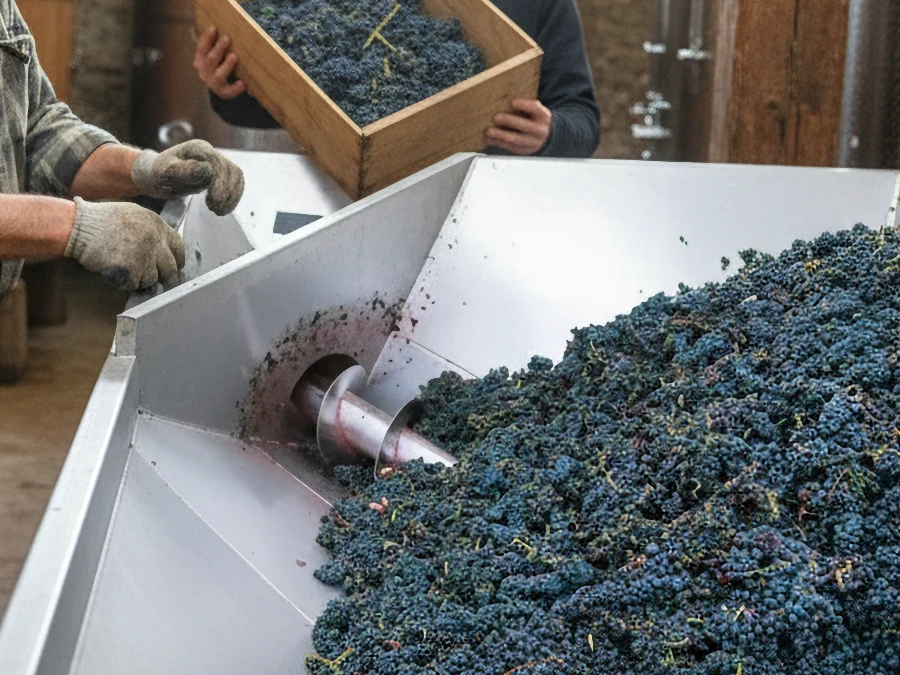
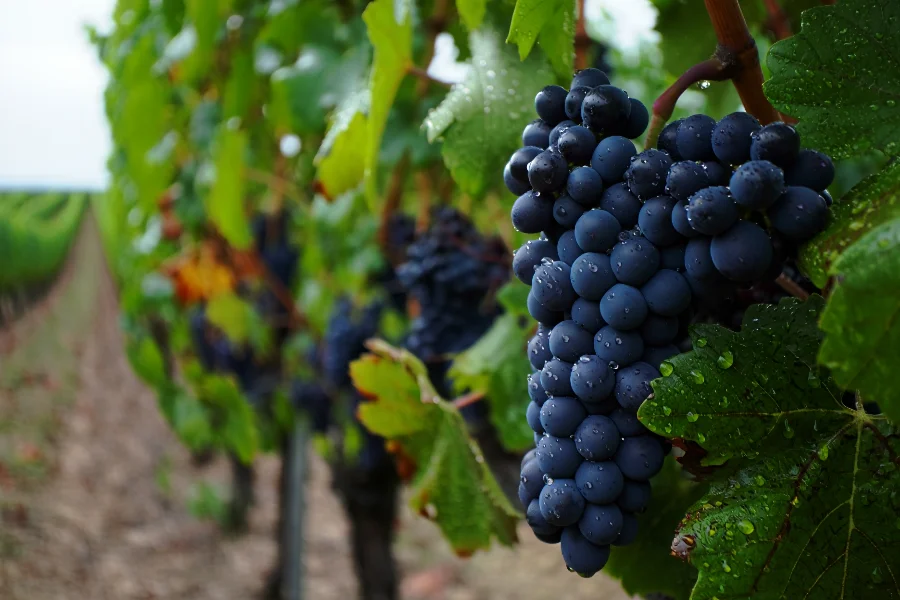

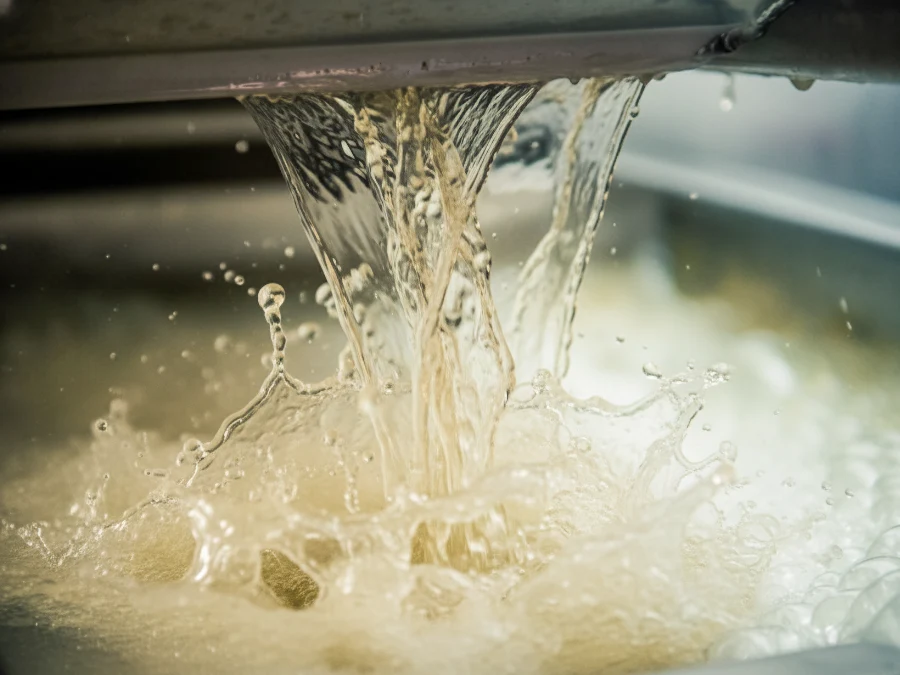
![PODCAST [S1E4] – The Well-Kept Secrets of Anjou-Saumur Wines](https://divineloire.fr/en/wp-content/uploads/2025/11/geologie-des-vins-d-anjou-saumur-1.webp)
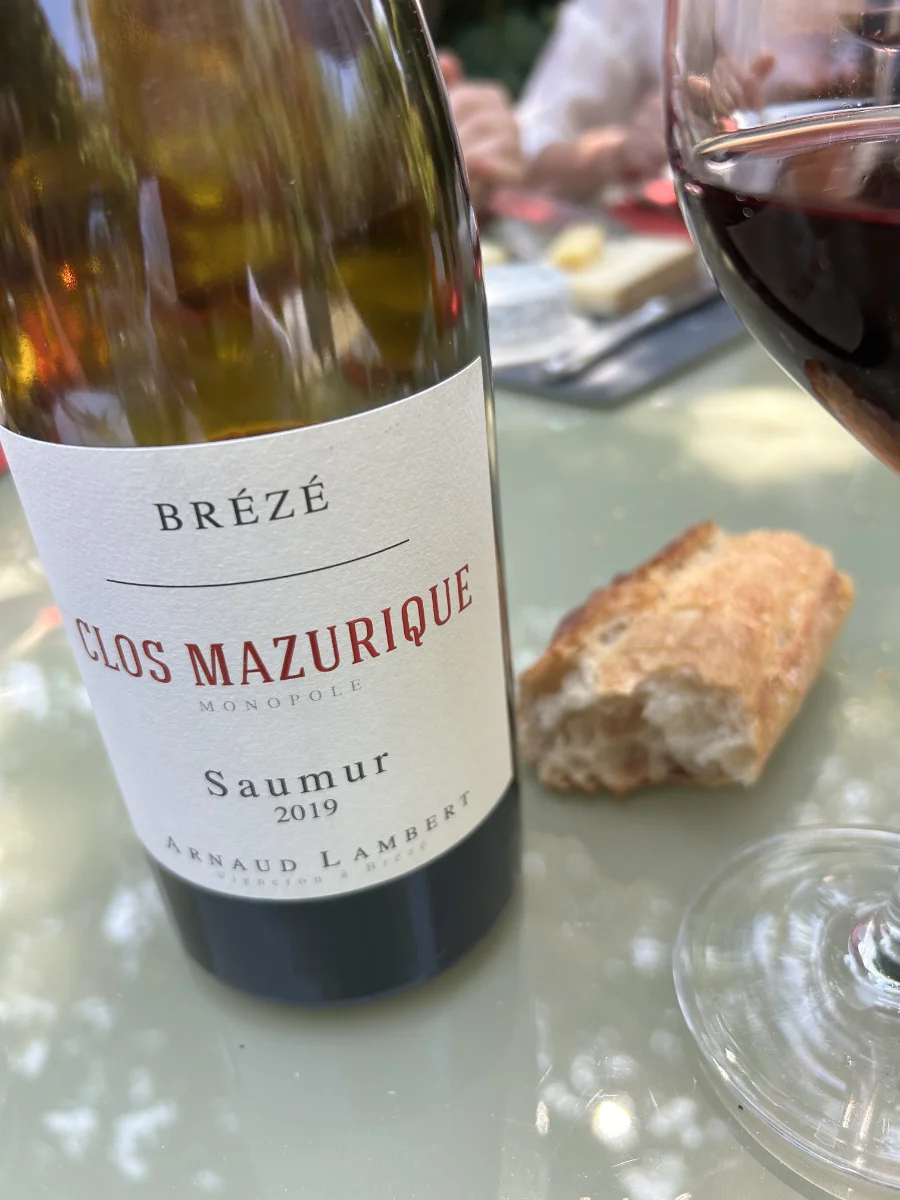
![PODCAST [S1E3] – Chinon, Vouvray, Bourgueil: The Holy Trinity of Touraine Vineyards](https://divineloire.fr/en/wp-content/uploads/2025/11/vignobles-touraine-chinon-vouvray-bourgueil-1-1.webp)